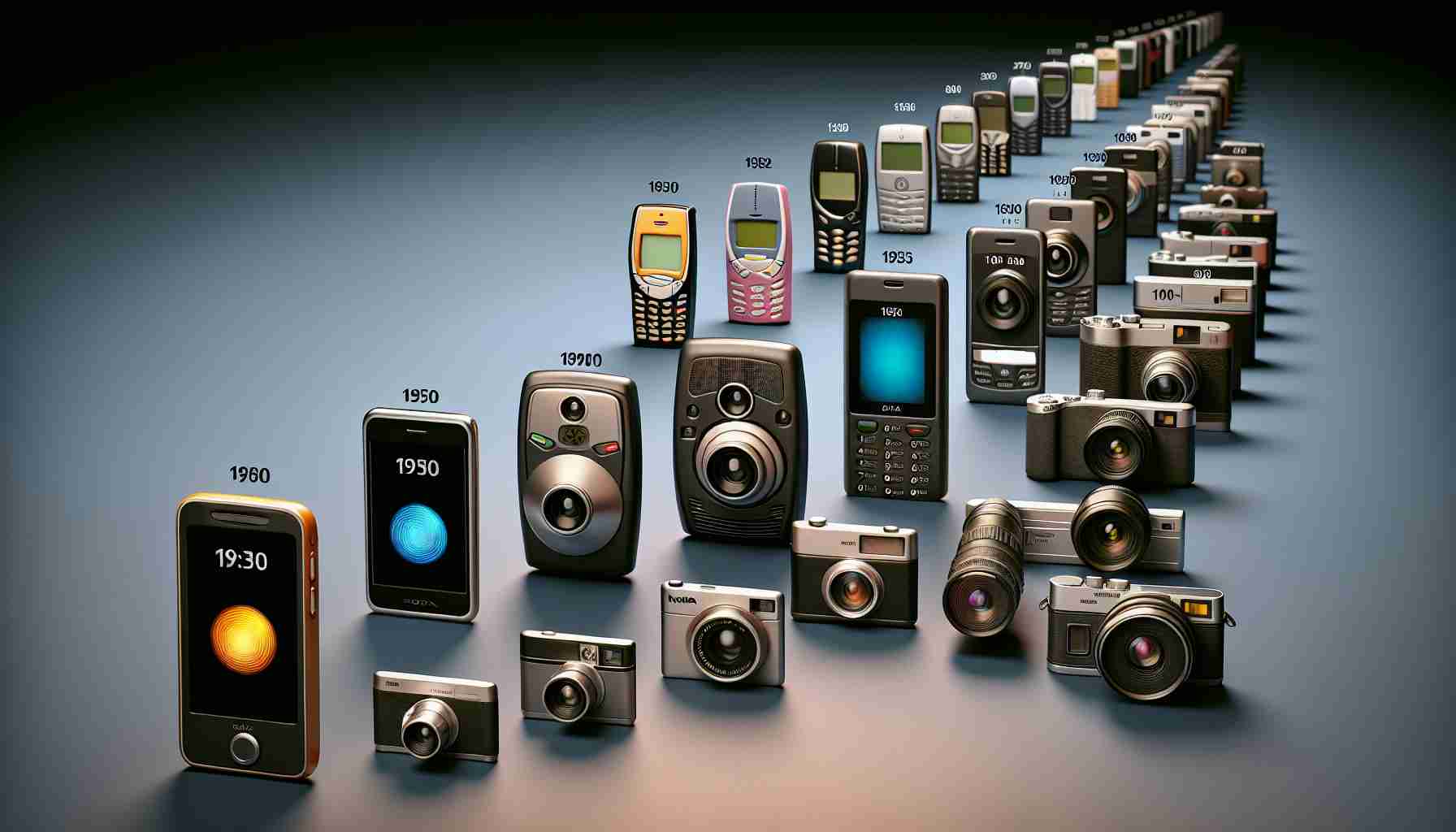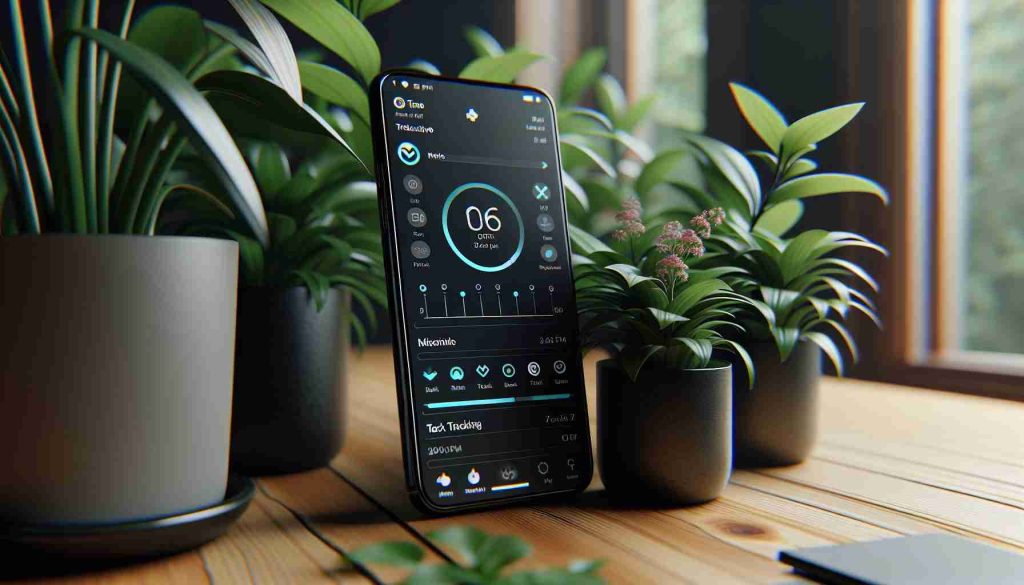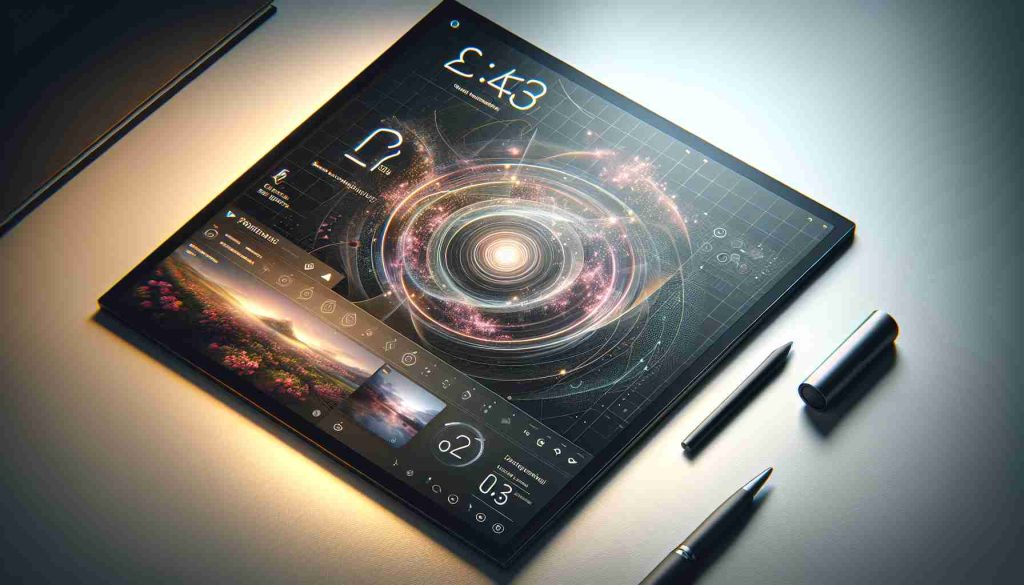From Novelty to Necessity
Twenty years ago, having a camera on a phone was revolutionary, and users embraced it wholeheartedly. However, using a 2MP camera on a Nokia 3210 for daily photography needs becomes challenging in comparison to today’s smartphones with outstanding camera capabilities.
Storage Woes and Cloud Solutions
Capturing around 30 photos on the Nokia 3210 would quickly fill up its 128MB storage, necessitating constant transfers to a computer or the use of microSD cards. This stands in stark contrast to today’s cloud storage platforms and high-capacity external drives, rendering storage constraints a thing of the past. The convenience of accessing decade-old photos instantaneously on one’s phone is now a reality.
Orientational Constraints and Video Limitations
Unlike modern phones with automatic orientation adjustment, the Nokia 3210’s 2MP camera stored all photos vertically, requiring manual rotation for landscape shots. Video recording on the Nokia 3210, albeit in a forgotten 3GP format at just 320 x 240 pixels and 15 frames per second, pales in comparison to today’s high-resolution, smooth videos.
Adapting to Current Standards
Today’s phones offer features like selfie cameras, video calls, and facial recognition, all absent in the Nokia 3210. The low-resolution, nostalgic aesthetic of the 2MP camera quickly fades, emphasizing the remarkable progress in smartphone photography.
Reflections on Progress
Using a Nokia 3210 with a 2MP camera in 2024 serves as a reminder of how far phone cameras have advanced. The convenience and quality offered by modern smartphone cameras outshine the limitations of the past, highlighting the evolution and innovation that have transformed phone photography into an essential daily tool.
The Future of Phone Cameras: Pushing Boundaries and Overcoming Challenges
As we delve deeper into the evolution of phone cameras, it is essential to explore the uncharted territories and unanswered questions that lie ahead. What advancements can we expect in the near future, and what challenges must manufacturers overcome to continue pushing the boundaries of phone photography?
Unprecedented Innovations
One crucial aspect that has not been addressed is the integration of augmented reality (AR) features in phone cameras. While AR filters and effects have gained popularity in apps like Snapchat and Instagram, incorporating AR technology directly into phone cameras could revolutionize how users interact with their surroundings through photography.
Enhanced Low-Light Performance
A significant concern facing phone camera manufacturers is improving low-light performance without compromising image quality. As users increasingly rely on their phones to capture moments in various lighting conditions, developing cameras that deliver exceptional clarity and detail in low-light settings remains a critical area of focus.
Privacy and Security Concerns
With advancements in facial recognition and biometric authentication, questions regarding privacy and data security have become more pronounced. How can manufacturers ensure that user data captured through advanced camera features remains secure and protected from potential breaches or misuse?
Environmental Impact and Sustainability
The rapid turnover of smartphones due to frequent camera upgrades raises concerns about environmental sustainability. How can manufacturers address the environmental impact of producing new phone models with advanced camera technologies, and what measures can be taken to promote a more sustainable approach to phone camera development?
Advantages and Disadvantages of Progress
While the evolution of phone cameras has undoubtedly brought about numerous advantages, such as unparalleled image quality, innovative features, and seamless integration with digital platforms, there are also downsides to consider. The constant drive for newer, more advanced camera technologies contributes to electronic waste and resource depletion, highlighting the need for more sustainable practices within the industry.
In conclusion, the evolution of phone cameras is a story of relentless innovation and progress, driven by the constant quest for improved user experiences and technological excellence. As we navigate the complex landscape of modern phone photography, addressing key challenges, embracing new possibilities, and prioritizing sustainability will be crucial in shaping the future of phone cameras.
Suggested related link: Digital Photography Review


















